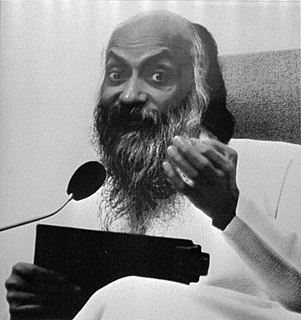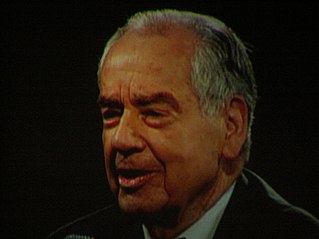A Quote by Frederick Lenz
We call it the transmission of the lamp in Zen. That's when we take enlightened states of mind and literally, you can transfer them, just like you can hand somebody flowers.
Related Quotes
He has an armload of irises and daisies and tulips and he presents them to me. I didn't know what kind of flowers you like.I like them all.Yeah?Yeah.He tries to hand them to me, but then remembers the cast. I'll put them in water.Betty swoops in the room ridiculously fast and she grabs the flowers out of Nick's hands. I'll take care of them. You lovebirds just sit on the couch and think swooning things at each other.
To have Zen is to be in a state of pure sensation. It is to be freed from the grip of concepts, to see through them. This is not the same as rejecting conceptual thinking. Thoughts and words are in the world and are as natural as flowers. It is a mistake therefore to think that Zen is anti-intellectual.
My purpose is to show people that you can take what God put inside of you, inside your heart, and you can live by it! Like, literally. Somebody might like to make shoes or make hats. You can literally live by that gift and no go get a nine to five job. I just to keep my purpose in front of everything that I do, and that is just reminding people that it's possible. That's what it's all about for me.


























